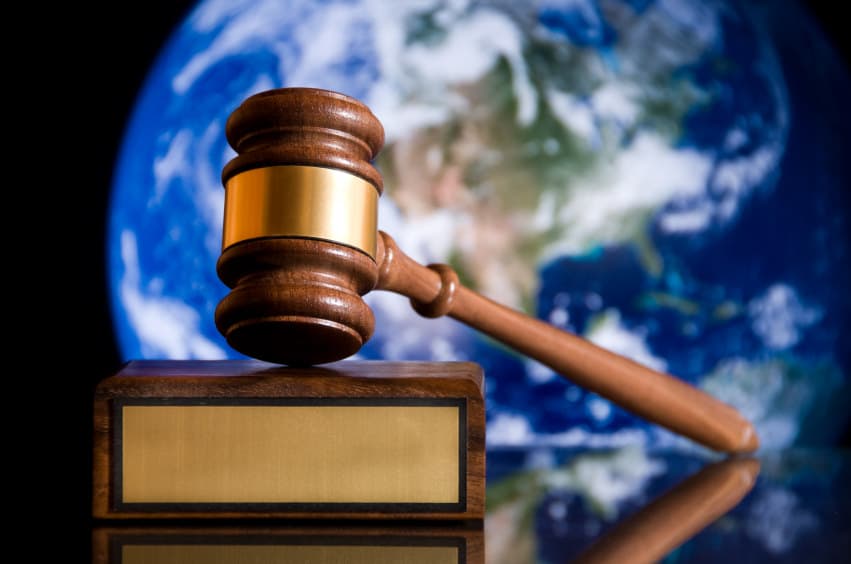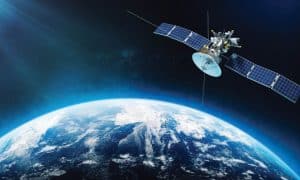Russia’s recent threat to take down Western commercial satellites as payback for aiding Ukraine in the war once again underlines the need to develop and/or strengthen international norms related to space activities for ensuring a sustainable space for tomorrow.
So far, the 1967 Treaty on Outer Space and the later three international agreements — on the return of astronauts and spacecraft, liability for damage, and registration of space objects — have served well in governing space activities.
What gains significance is the fact that there exists no international law related to orbital debris. There is set of Space Debris Mitigation Guidelines, from the Committee on the Peaceful Uses of Outer Space of the United Nations Office for Outer Space Affairs (UNOOSA). But it is only a set of guidelines that is not binding on any country.
Geopolitical tensions
Russia and China’s growing ambitions in and militarization of space have been a matter of concern now for the world.
The 2022 National Defense Strategy released by the US Department of Defense last week identifies China as ‘the most consequential and systemic challenge’, while Russia as posing ‘acute threats’ both to vital US national interests abroad and to the homeland.
ALSO READ: US National Defense Strategy for Increased Collaboration with Commercial Space Industry
Russia’s war on Ukraine has raised overall tensions, especially around space matters. While in the initial days, this was limited to threats by Russia to withdraw from the International Space Station, but over time, this has spilled into threats about direct attacks of satellites in orbits.
“Quasi-civilian infrastructure may be a legitimate target for a retaliatory strike,” Konstantin Vorontsov, deputy director of the Russian foreign ministry’s department for non-proliferation and arms control, told the UN First Committee.
The threat from Russia last week is not the first. Last month also, Vorontsov threatened a “full-fledged arms race in outer space”, arguing that the use of commercial satellites to aid Ukraine in the war “violates” the Outer Space Treaty.
In November 2021, Russia conducted an ASAT test to destroy one of its own defunct satellites, creating a field of at least 1,500 trackable pieces of debris, drawing worldwide condemnation.
Threats in space threat to Earth
We know that the orbits above Earth are getting crowed. Of the 5,000 plus satellites currently orbiting the Earth, about 1,200 were launched in 2020 alone. The vast majority of these satellites are commercial satellites operating in the LEO.
Increasing orbital debris poses a threat to the operational satellites and the International Space Station, and increases the chances of setting off a Kessler Syndrome-like event.
ALSO READ: One Small Step for FCC, One Giant Leap in Sustainable Space
Space debris also endanger people and property on the ground should pieces fall to Earth. In recent times, China again has been under increasing criticism for allowing rocket debris to fall to Earth, destroying property.
The spiralling effects can any time be felt on Earth. In 2009, North America faced a complete communication blackout after a defunct Russian satellite accidentally collided with an Iridium communications satellite, thus underlining how vulnerable Earth is to events in space.
However, the anti-satellite weapons (ASAT) are the biggest concerns since they would allow a state to target another country’s satellites, which could cripple intelligence and communications in the event of a conflict.
For instance, after the November 2021 ASAT test in which Moscow blew up a defunct satellite of its own, open threats were issued on the Russia state television that this new ASAT missile capability means “that if NATO crosses our red line, it risks losing all 32 of its GPS satellites at once.”
Besides Russia, three other countries have conducted ASAT tests. These include the United States (which last demonstrated an anti-satellite weapon in 2008) China and India. India conducted its only ASAT test in 2019, raising concerns about increasing orbital debris.
In April this year, the United States unilaterally announced a self-imposed ban on ASAT tests. This was quickly followed by Canada and New Zealand.
Japan and Germany joined in mid-September, the United Kingdom and South Korea early October, and Australia on October 31, taking the total number to eight.
While Beijing conducted its last ASAT test in 2007, Chinese scientists are known to have been working on advancing its anti-satellite weapons program since then.
Last year, Beijing claimed to have developed a new ASAT missile that can not only ‘melt down’ enemy satellites but also capture them in orbit.
Besides missiles, space systems are also vulnerable to other forms of interference including lasers, spoofing, jamming and cyberattacks.
Since the beginning of Russia’s invasion into Ukraine, Moscow has been repeatedly accused of attempts to hack and jam GPS and satellite internet signals over the region.
Whether a Russian anti-satellite strike would violate the 1967 Outer Space Treaty, such as its prohibition on placing weapons of mass destruction in space, is debatable, according to Reuters.
It points out that the Liability Convention of 1972, to which Russia is also a signatory, stipulates that countries must pay compensation for any damage caused by its space objects. So far the US has said any such attack will be met with a response.
In the current geopolitical environment, it is necessary to affirm and clarify the laws to maintain safety of the orbits and sustainability of space.
Disclaimer: Views Expressed are Author's Own. Geospatial World May or May Not Endorse it









